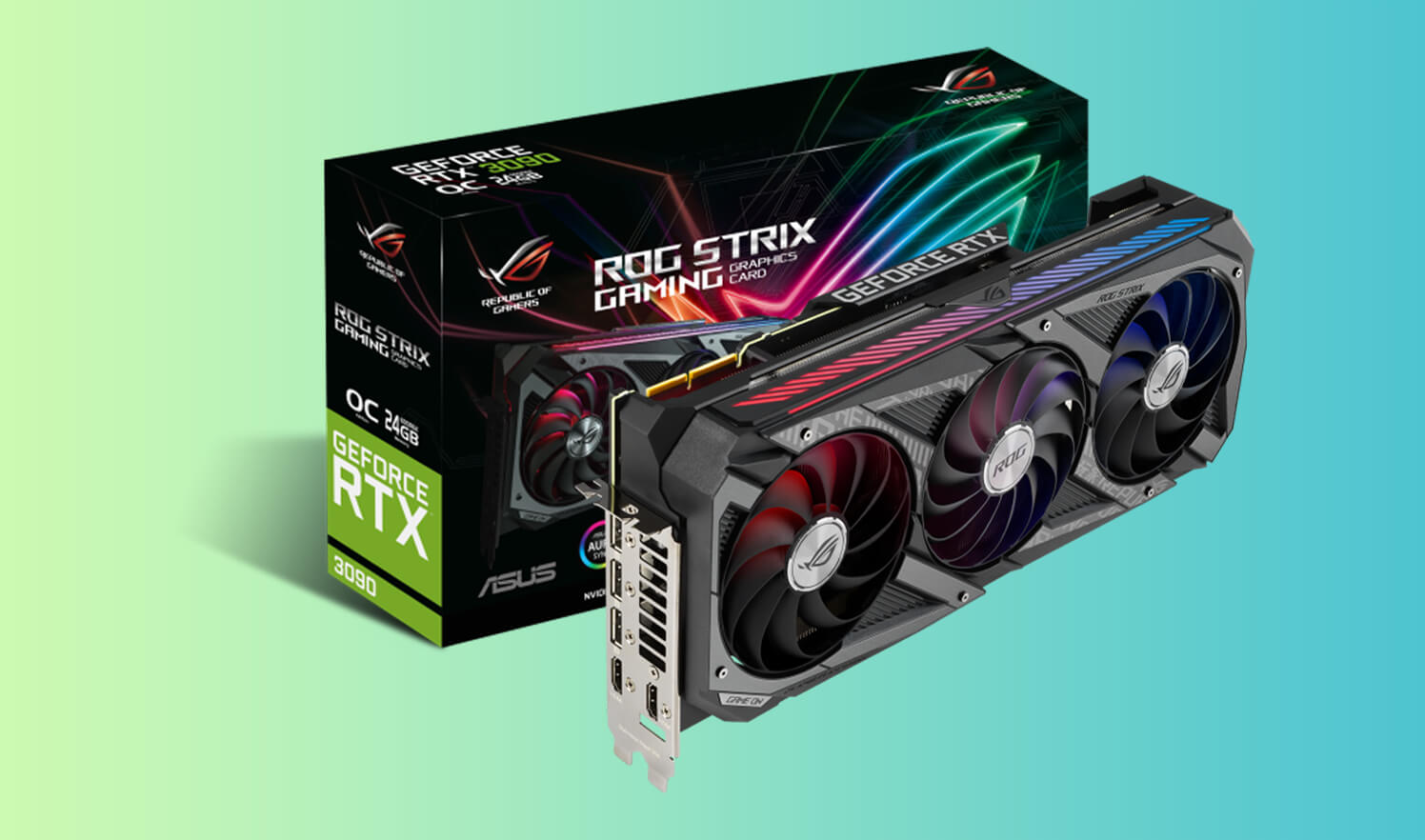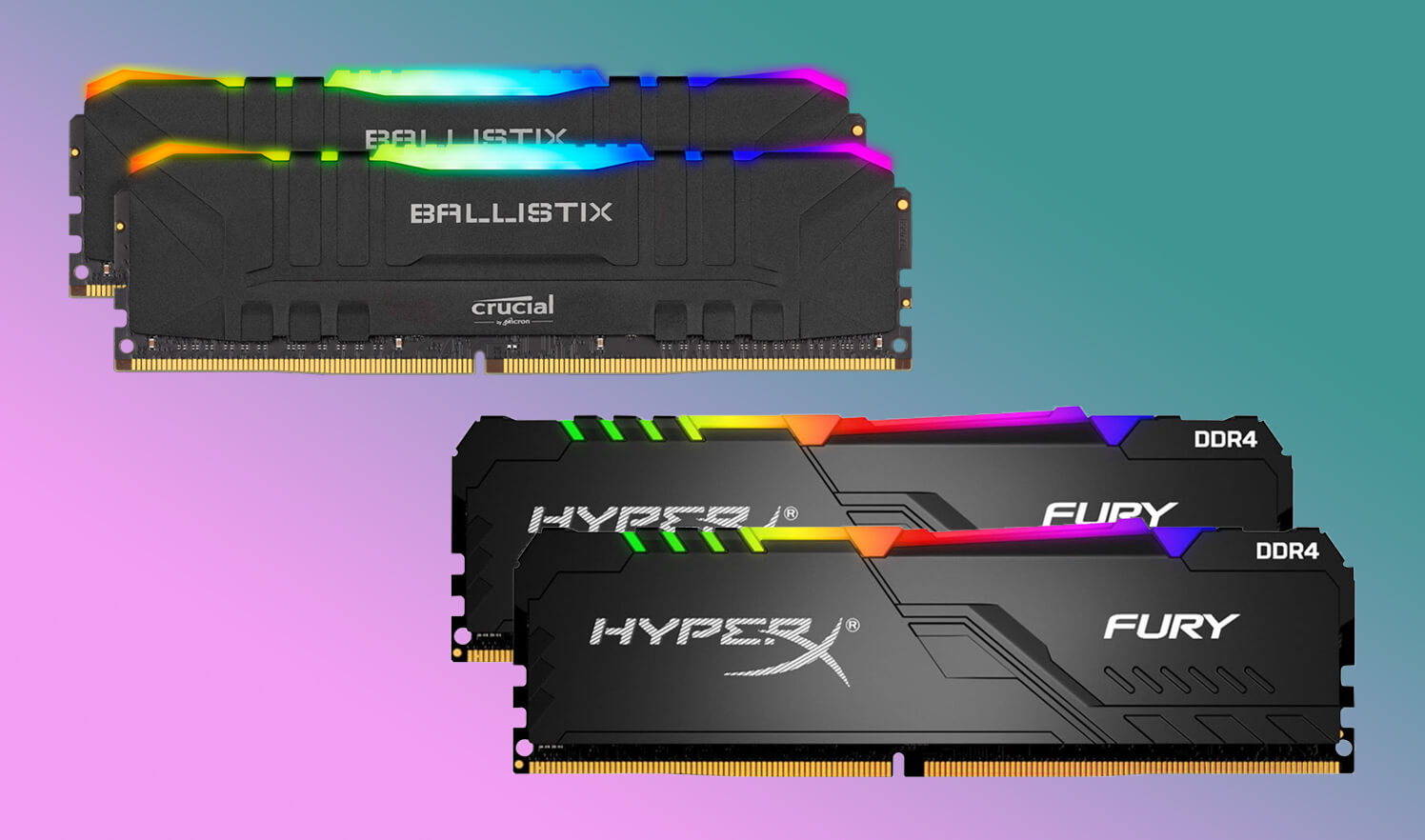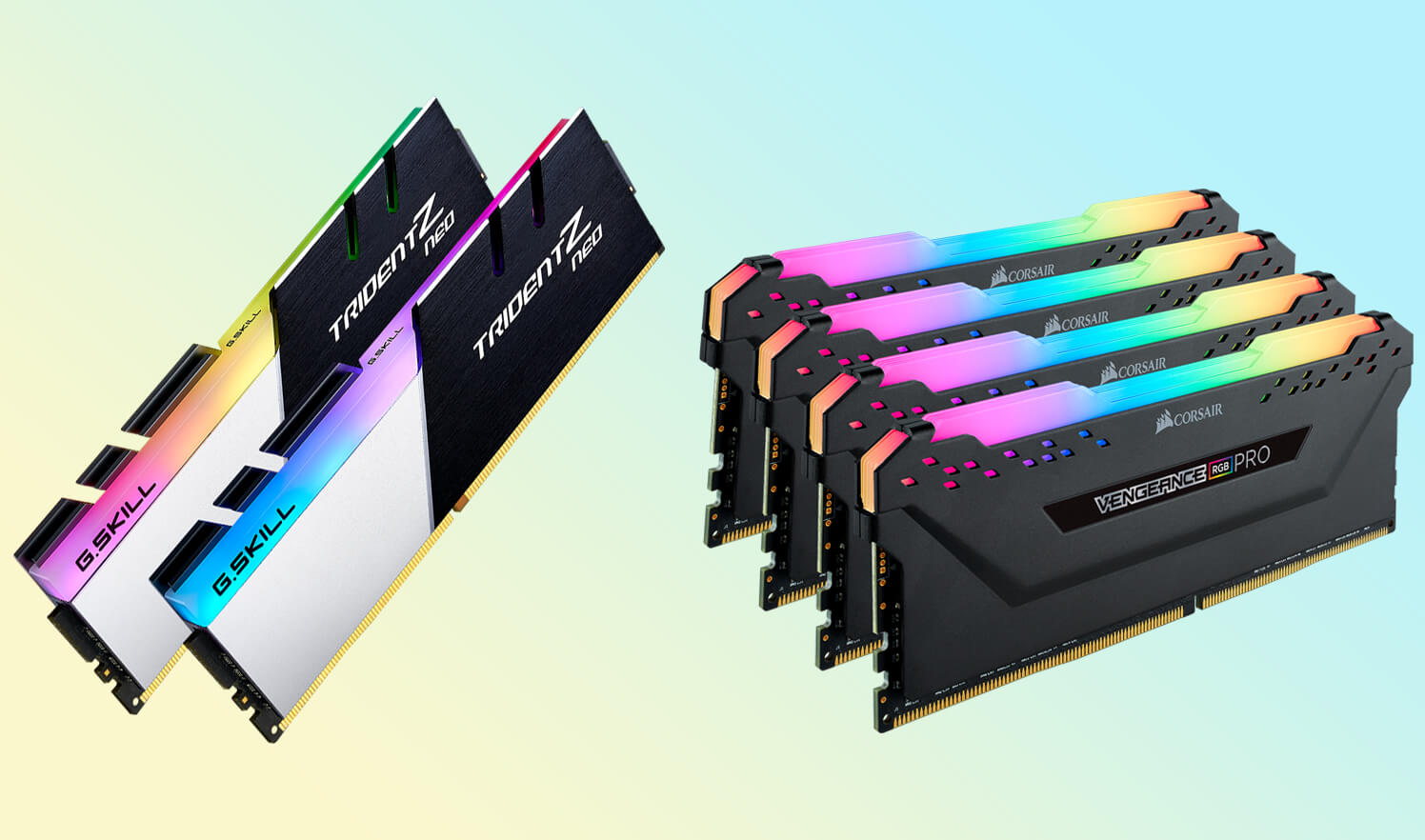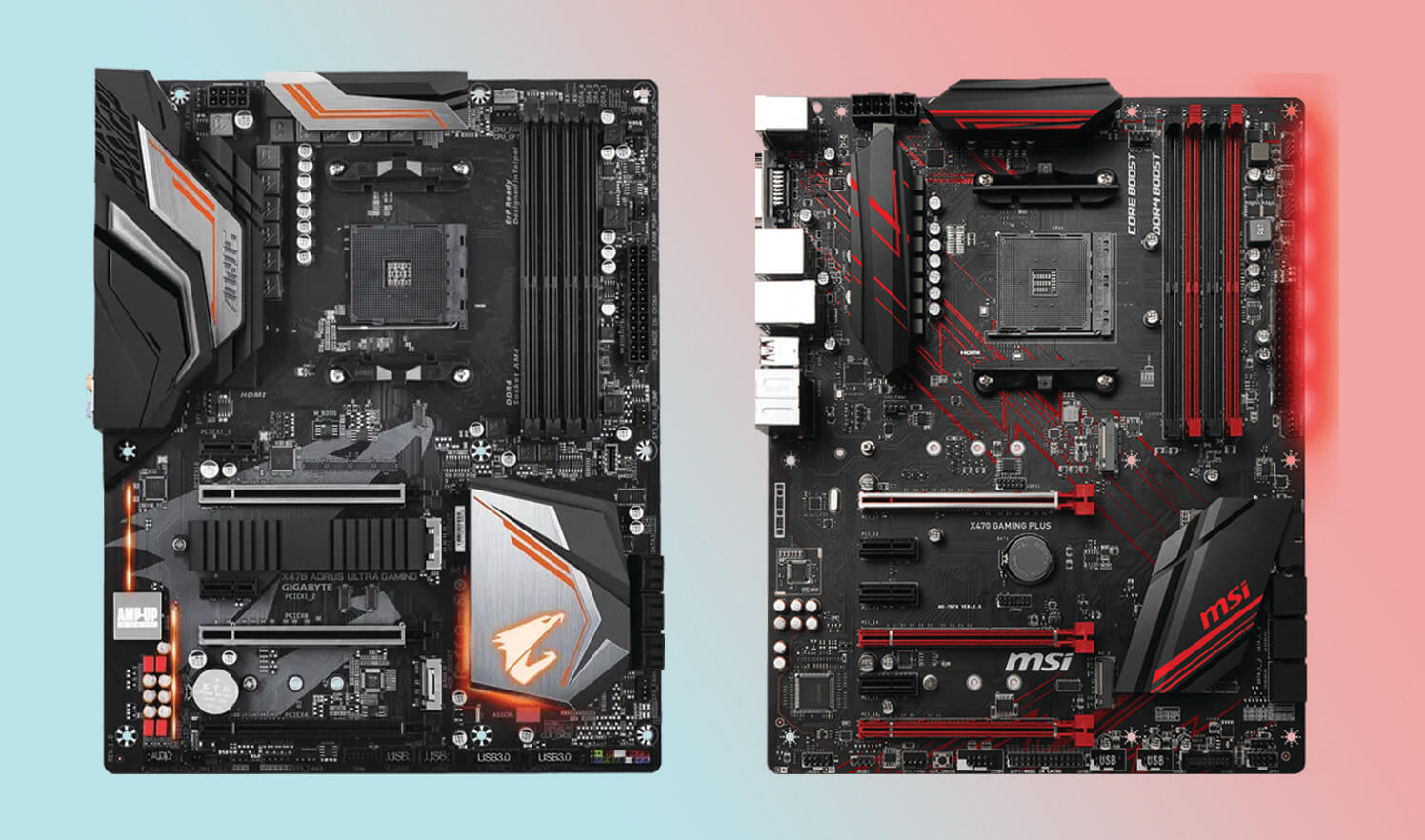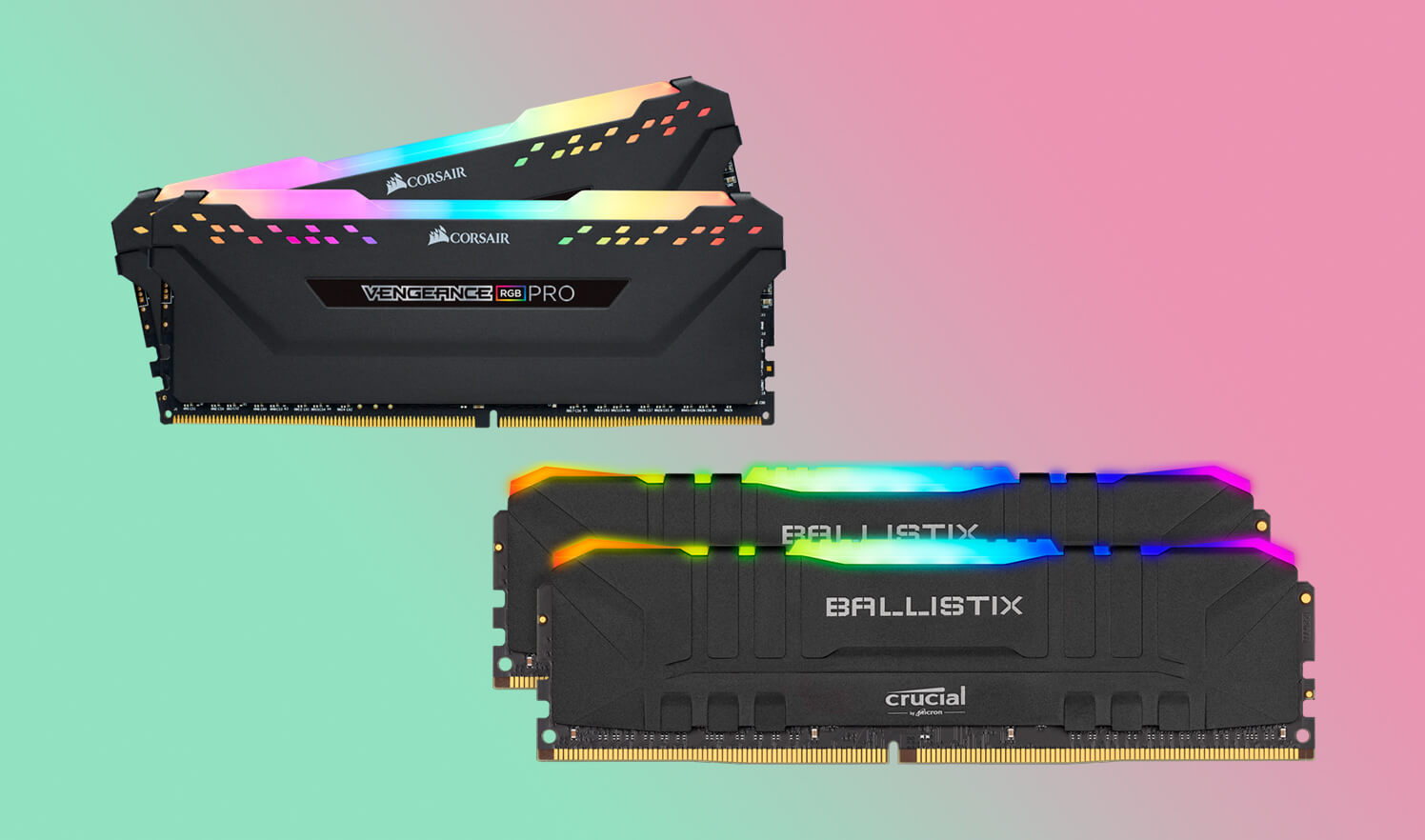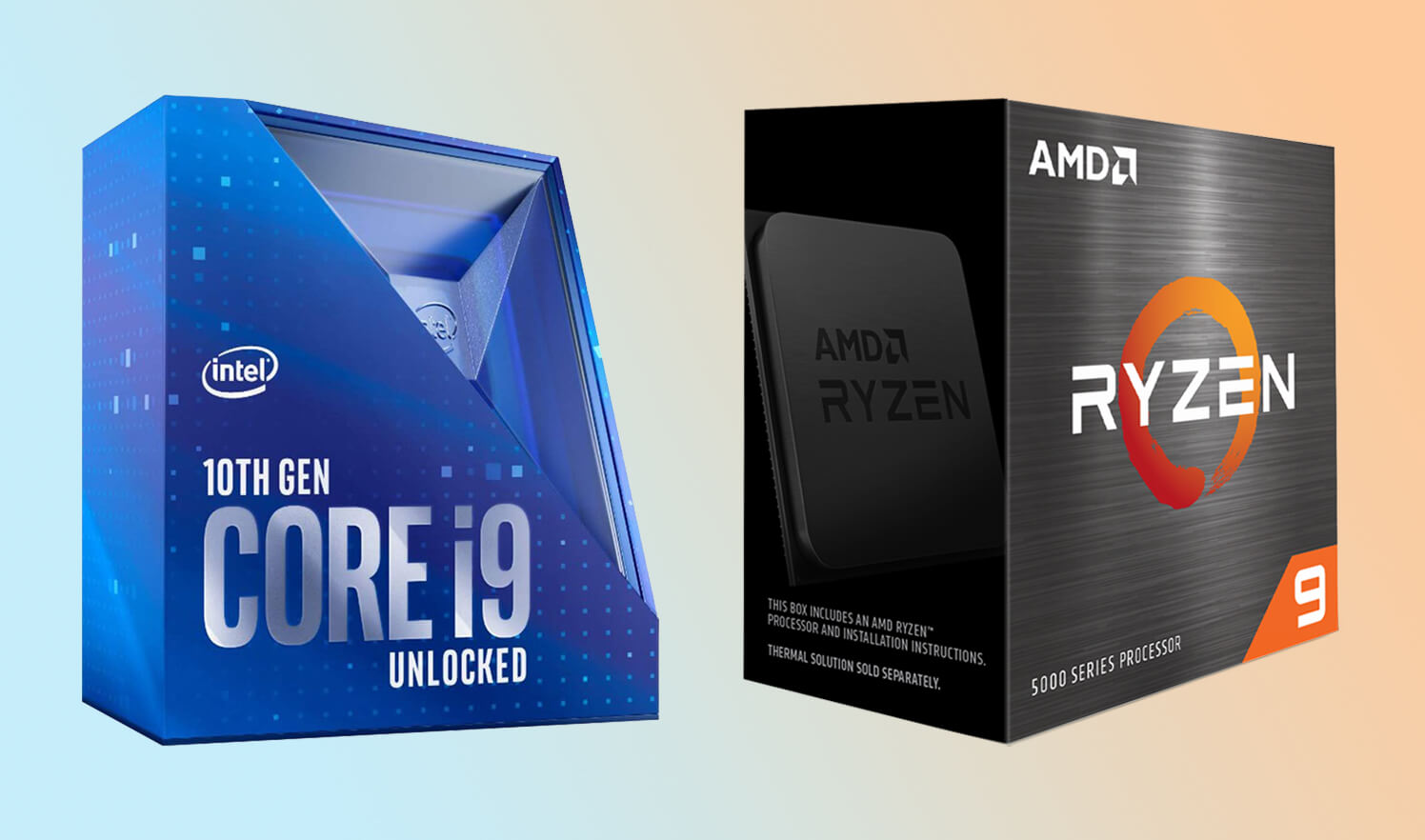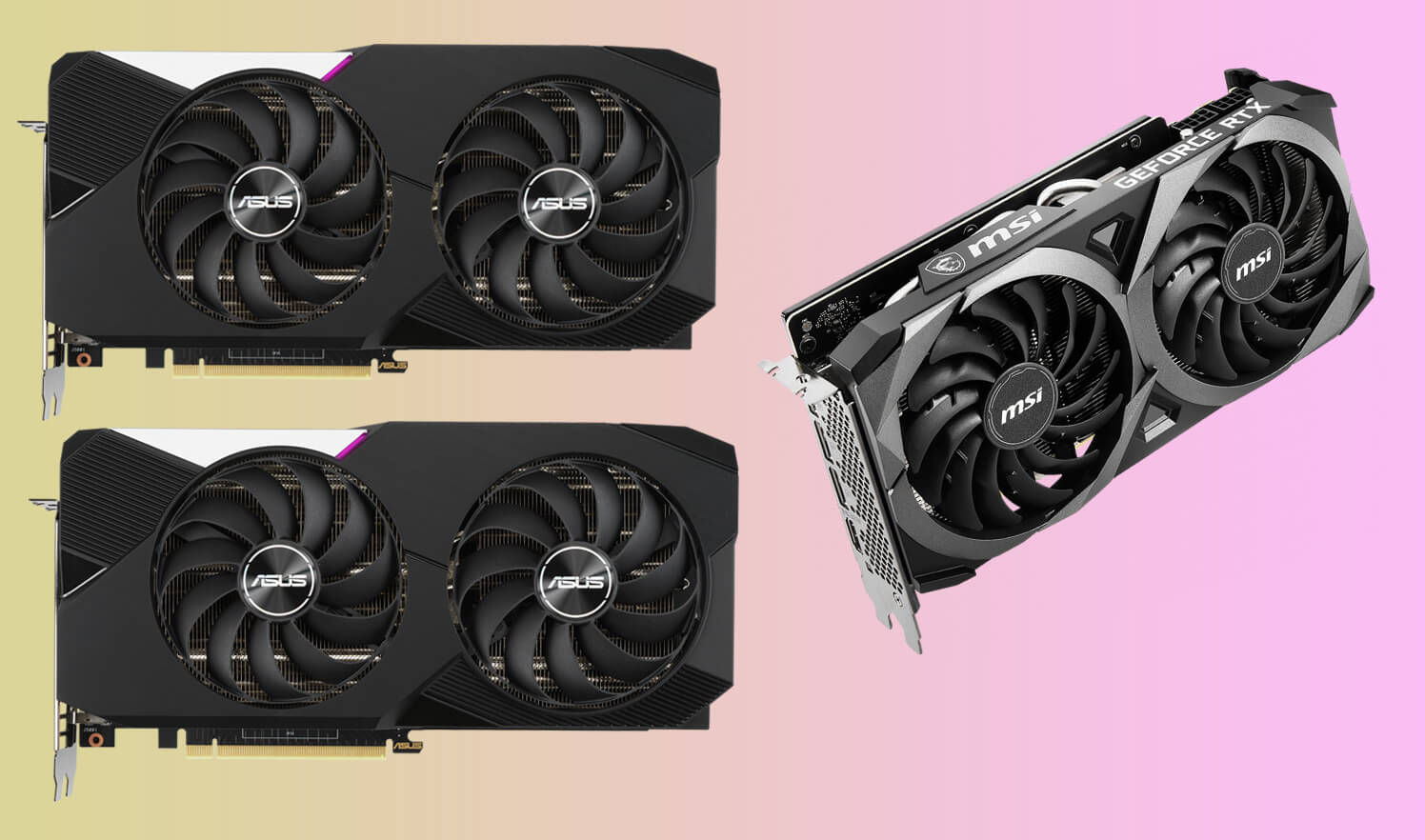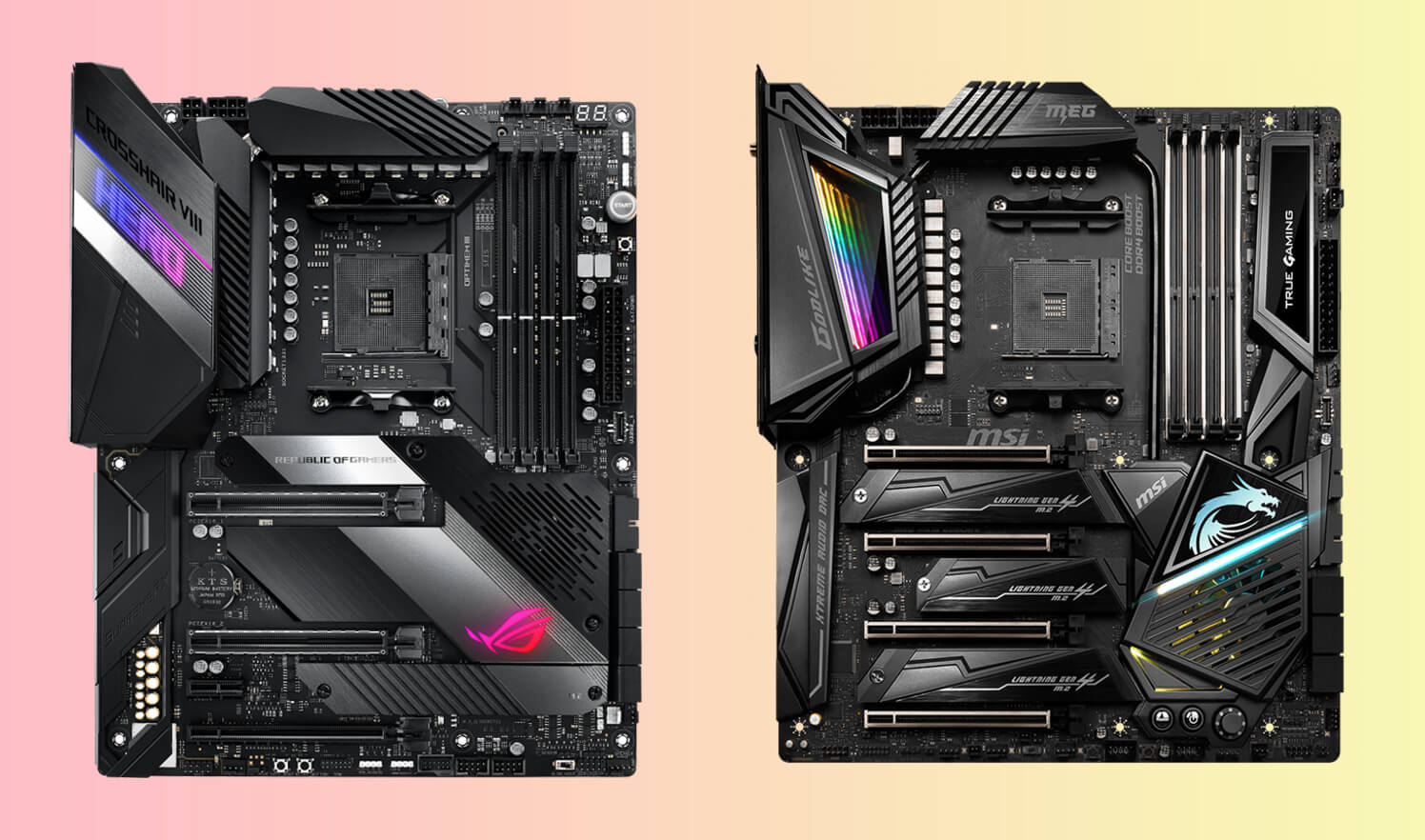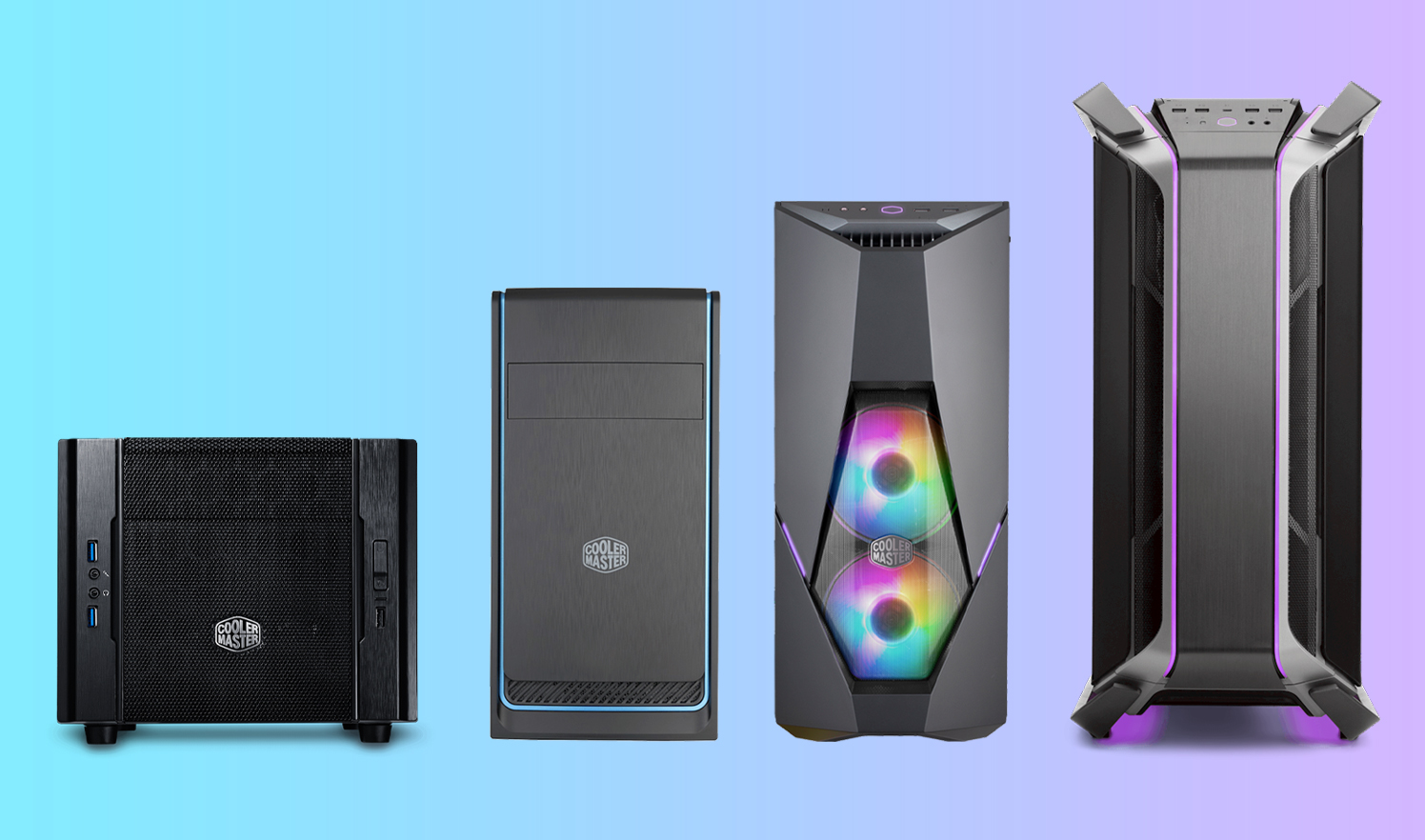The days had gone when you had no option but to pick pre-built PCs, whether they suit you or not. But now, you are not at the mercy of pre-built PCs. You can build your custom PC without any expert help. It would be amazing to pick the component and build your ideal PC in your style; thus, you would also learn a lot about the components, compatibility, and techniques to accommodate and assemble the whole PC system. If you agree, then don’t hesitate to avail an opportunity. The thing you only need to consider is the parts needed to build a PC. We are here to provide you an entire guideline so that you would be able to build like a professional PC builder.
The other positive factor of building a custom desktop/computer is its budget-friendly aspect. You would choose the components according to your priorities; suppose you are a gamer and want to develop a smart gaming PC. Besides it, you want to save some money for an excellent gamepad, window USB installer, SATA USB adaptor, and a high-quality headset. On the other hand, if you are a graphics designer, you must focus on memory, screen resolution, processor speed, etc.
It means every work/field has its needs and requirements. When building a custom PC, you can spend extra money on your most required elements and save a little bit from the other ones. You are fully authorized to pick your favorite components from the computer parts list and maintain the price-performance balance. Analytics proved that one could save up to 30% through a custom build instead of a pre-build system.
People mostly think PC building is a very professional job and they would need a lot of skills and awareness on computer components and technology. They often stuck with the parts needed to build a pc? Custom builders often spend a lot of time satisfying the query: what do you need to build a pc? It is true in one sense because you can’t pick and assemble the parts randomly and even can’t optimize them without accurate acknowledgment. But you are in the age of technology; it’s not the only option to go for a pre-built PC or take help from a professional. Luckily you are in the age of information technology where everything is away from a few clicks.
Come to the main point! What do you need to build a pc? We have formed a computer parts list to help you build your dream PC like a professional builder.
COMPUTER PARTS LIST (PC COMPONENTS)
The list below includes all the essential components that you must require to install a computer:
1- Case
1- Motherboard
3- CPU (Processor)
4- GPU/Graphics Card (In case of no integrated GPU)
5- RAM (Memory)
6- Storage Device (SSD, NVME SSD, HDD)
7- Cooling (CPU, Chassis)
8- PSU (Power Supply Unit)
9- Display device, Monitor
10- Operating System (OS)
11- Input Devices, Mouse, Keyboard
Let’s have a deep look at why each component is essential in a computer system.
Case
The perfect way to complete a task properly is based on proper planning that starts from the fundamental point. Similarly, suppose! You have to build the best PC according to your requirements. For example, you want to build a super gaming rig or a basic system for your light gaming and other general tasks. One may wish to raise a luxury setup, and the other may look for a cheap system. Then the priorities will differ, and the first step will be taken by a PC case where they would install their PC according to their choice.

Though the PC case is just a beautiful and comprehensive box that lets you assemble your computer parts without hiding them, it has four main sizes such as:
Extended ATX (E-ATX): 12-inch x 13-inch or 305mm x 330mm
ATX: 12-inch x 9.6-inch or 305mm x 244mm
Micro-ATX (M-ATX): 9.6-inch x 9.6-inch or 244mm x 244mm
Mini-ITX (M-ITX): 6.7-inch x 6.7-inch or 170mm x 170mm
Each case size is designed for different sizes of the system; however, most cases provide easy and versatile installation. Some of them are fancy, having RGB fans, strips, LEDs, and come in various colors, but the others are simple and elegant. Some of the cases are very classy and glassy with modern looks for complete show offer your inner PC parts. Also, these differences lead them to different price ranges. But the reality is PC cases are not crucial for PC building, but they will surely improve your system’s aesthetics.
Motherboard
The component responsible for attaching and accommodating the other parts and works as a central circuit hub is called a motherboard or a mainboard. It stands an important place among the parts needed to build a pc due to containing the most critical components such as the chipset, system bus, the CMOS, and the BIOS. It is equipped with sockets for CPUs & slots for cards like GPUs and connectors for cables like power cables and data cables.

The motherboard has capacitors, transistors, jumpers, and various other minor parts to make the computer properly functional. It also lets the installed hardware get the required power supply from the attached power supply. Physically the motherboards have different sizes and dimensions based on four common distinctions such as Extended-ATX(eATX), ATX, micro-ATX (mATX), and Mini-ITX. You can pick any of the motherboard sizes compatible with your PC size.
CPU (Processor)
After choosing a motherboard, the next step is picking a CPU, having the compatible socket with the motherboard so that you would be able to plug it successfully in the motherboard socket. Most of the PC builders usually choose the CPU first, then pick a compatible motherboard. A computer can’t be functional without the CPU. It is considered the most vital part of a computer because it executes instructions, performs basic arithmetic, input/output (I/O) operations, logic, etc.

CPUs are designed on different cores, and threads with varying architectures have diverse power and efficiency.
The CPUs have more cores, and threads are considered a more powerful CPU, and the more powerful CPU means a more efficient computer for multitasking purposes. AMD and Intel are considered the top CPU manufacturers; both produce top-quality CPUs and beat each other with advanced technologies.
It is necessary to pick the CPU according to your requirements; for example, if you are an enthusiast and passionate gamer and plan to overclock your CPU, you should go for Intel processors, but you may have to spend some extra money. But if you are looking for a reasonable price/performance balance, you should go for an AMD.
CPU Cooler:

As you know, a CPU also generates a lot of heat, so you need to cool it with a dedicated cooler. Some of the CPUs come with stock coolers, and if not, you have to buy them separately. Stock coolers are often insufficient, so users mostly go for an additional cooler for the desired cooling. You may choose air or liquid according to your requirements. Both of the cooling systems have their pros and cons. While buying a cooler, you should be conscious if it is compatible with your CPU and socket and draws enough heat away to keep your CPU cool.
GPU (In case of no integrated GPU)
When we talk about the parts needed to build a pc, GPU stands a significant place because it is responsible for accelerating graphics rendering. GPU technology has evolved a lot in the past two decades and has become more programmable and flexible. Now it serves more than manipulating and rendering computer graphics such as they can support ray tracing, 4K and even 8K resolution.

Some CPUs have integrated GPUs, but you can go for the discrete graphics card if yours doesn’t have one. The second one is considered the most impressive performer between the two main types of GPUs, integrated GPU and discrete GPU. in integrated GPUs are enough for basic and light tasks. Still, if you want to add some more cheese to your pizza, you have to go for a discrete GPU. The discrete GPUs can perform heavy tasks such as 3D GPU Rendering, Video Editing, High-End Gaming, Graphic Design, and many others; that is why some users prefer a dedicated GPU without adding it as an additional and dedicated graphics card. You have to spend more money, bear more electricity bills, and need to draw more heat away with a powerful cooling system. All these efforts are the price to pay for enjoying the better quality of graphics.
Again, two manufacturers, Nvidia and AMD are beating each other in GPU technology for many years.
When building your custom PC, you must consider the importance of a high-end graphics card because graphical performance almost depends on the GPU. It’s a treat to your eyes if you could pay some extra amount for graphics. If you would like to add more cheese to your pizza, go for a VR-ready GPU. More HD resolution is more delightful to your eyes.
RAM (Memory)
There are two types of computer memory primary memory and secondary memory. Random-access memory, in short RAM, is the primary one. Another version of primary memory is ROM(read-only memory). But in this section, we will talk about RAM. It refers to some subtypes such as SRAM (Static RAM), DRAM (Dynamic RAM), DIMM, VRAM, and SO-DIMM. RAM is a fast and short-term data storage type that stores the computer’s actively used data, but it can’t retain information after turning off the system. For example, graphical user interface (GUI), loading and running applications, editing and spreadsheet browsing the internet, and running an operating system.

If you want to run more programs at once, you need to install more RAMs. You have to pay much attention while picking RAM because it will determine your computer’s performance and speed. When your RAM is not according to your requirements, your system will suffer from latency, which means a delay between entered command and data access that is higher speed RAM means lower latency. In other words, insufficient memory refers to the slow or unresponsive system that means you need more memory (upgrade RAM) to speed up your system to meet your requirements. You can add as much RAM as your motherboard has slots to install them.
Storage Device (HDD, SSD, And NVME SSD)
Besides active memory, a computer also needs a permanent storage medium to retain information after turning off and switching on repeatedly. In this way, secondary storage devices are the core component of the computer system. Storage devices (HDD, SSD, and NVME SSD) are used for this purpose. Though all of them work in the same way, they differ in speed; for example, HDD is the slowest of all, SDD is of medium rate, and NVME SSD is the fastest.

While choosing the storage devices, you should know whether your motherboard has the required SATA plugs and M.2 slots to plug in these devices. However, most of the motherboards have required specifications to support these devices, but an M.2 slot is necessary to support NVME SSD. You can pick the storage devices according to your needs and priorities. We recommend you go for NVME SSD because it is better for a multitasking system and check your motherboard’s compatibility to support it.
Cooling (CPU, Chassis)
No doubt, heating issues badly affect the performance of your PC. While finalizing your computer parts list, you must include an additional cooling system for your PC. Some CPUs come with coolers, and some PC cases also have built-in fans even the discrete GPUs also include fans, but you may need additional support to keep your computer cooling. When you are a gamer and want to overclock your gaming rig or do other heavy work on your system, you must go for a powerful cooling solution.
However, the latest devices are power efficient and produce less heat, but it does not mean that your advanced system is safe from heating problems; but when you are using your PC for very light or basic level tasks, you can rely on the built-in cooling system. Here you have two options whether you want to go for air cooling or liquid cooling.
Air cooling is a little bit cheaper due to its straightforward operation. Still, you have to pay in the form of bearing noise because air cooling is louder than liquid cooling, which is pricier than air cooling but a haven for ears for being a silent and quiet performer. While going for a specific cooling system, you should be careful whether your other PC components would support your cooling system or not. People mostly pick the components capable of supporting both cooling options to switch from one to another option.
PSU (Power Supply Unit)
Here is another crucial component you may need some expert skills to pick for your smart custom PC. It is responsible for converting the main AC to low-voltage regulated DC power to support the inter PC components. So it is considered vital among the parts needed to build a pc. Just like other components, you may confuse yourself to decide which one suits you best. But the perfect formula is you need to confirm how much wattage your PC is going to consume at all. It would help if you went for a PSU that not only supports your current system but also provides future compatibility in case of upgradation and additional installation to your computer.

If you have no idea how to estimate the expected usage, you can use a wattage calculator to estimate the expected quantity. PSU is installed in the PC cases, and the modern cases have the appropriate mounting area to install the power supply unit without any restriction. Although cases rarely have pre-installed PSUs and you may need to go according to your requirements.
Monitor
The importance of the display device is not hidden among the PC components. As the monitor is responsible for the pictorial display, and a PC is quite blind without a display device like the monitor. Along with other differences in sizes and resolutions, there are many types of PC monitors such as Cathode Ray Tube (CRT) Monitors, Flat Panel Monitors, Touch Screen Monitors, TFT Monitors, LED Monitors, OLED Monitors, DLP Monitors, and Plasma Screen Monitors.

You can pick a monitor according to your budget and requirements. It should also pay attention to its size when monitoring use because the most comfortable size generally stands between 24 inches to 27 inches. Curvy monitors are also available these days, and you can also enjoy the multi-display facility on the same screen.
Some monitors provide 4K resolution and the fastest refresh rate and highest FPS for your real-time gaming and movie adventures. Although many brands are manufacturing monitors Asus, LG, Samsung, Dell, BenQ, and others make extraordinary monitors applying advanced technologies.
Operating System
You can’t communicate with the PC hardware and execute a program without an interface that lets you command over the system. This interface is called the operating system that runs on a computer and helps the user manage its hardware and software. In other words, you are helpless to control your computer without an operating system. There are many operating systems, but some of the popular ones are Windows Operating System, Linux Operating System, VMS, AIX, OS/400, z/OS, etc. However, Windows 10 is the most popular of all of them.
Operating systems are usually pre-installed, but you may need to upgrade or change according to your specific requirements. However, modern Operating systems are user-friendly and easy to upgrade. You must be aware of the terms app, game, and program and use them on your mobile. How easy are they to use? It’s all because of their user-friendly software that runs in an Operating System. Like mobile apps, there are also desktop applications that let you perform some tasks.
Input Devices (Mouse, Keyboard)
Many input devices would rush to your mind when you would make a checklist under the heading. What do you need to build a pc? But the keyboard and mouse are considered the most essential input devices. Your PC is incomplete without a keyboard and uncomfortable without a mouse. Let’s explain them separately.
Keyboard: There are many types of keyboards such as Mechanical Keyboards, Membrane Keyboards, Ergonomic Keyboards, Wireless Keyboards, Multimedia Keyboards, Handheld Keyboards, Flexible Keyboards, Gaming Keyboards, etc.
Modern ones come with RGB effects and other valuable specs and features that enhance your system and make it more convenient for different tasks.
Mouse: Mice also come in different sizes and shapes. You can categorize them with Wired Mouse, Bluetooth Mouse, Optical Mouse, Magic Mouse, USB Mouse, Vertical Mouse, Trackball Mouse, and Laser Mouse, etc. Modern mice have many beneficial specs and features, along with beautiful designs and RGB effects to enhance your PC’s performance and aesthetics as well.
Helpful Tools:
You may not need to include them in the computer parts list, but you may need them when you finalize the things; what do you need to build a pc?
Screws & Screwdriver: You need the perfect size of screws and an appropriate screwdriver to install the PC components. You should pick a magnet screwdriver to grip the screws well.
Thermal Paste: You may need to buy thermal paste for installing your CPU cooling solution if it does not bundle with thermal paste.
Anti-Static Wrist Strap: Static electricity may damage your PC parts, so you can use an anti-static wrist strap to avoid this type of damage.
Mouse Pad: Your mouse would not work well without a mouse pad because it needs a smooth and plain surface to work well without jitter. So it would help if you are looking for a thick, large, and non-slip rubber-based mouse pad to enhance your mouse performance.
Gamepad/Game controller: If you are a passionate and dedicated gamer, you must need an excellent gamepad to boost your gaming enthusiasm.
Conclusion
We have rounded up all parts needed to build a pc. You can pick the components mentioned under the computer parts list. It’s up to your requirements that for what purpose you are going to build. If you are a gamer, then you must go for high-end products produced for gaming purposes. Also, get a complete knowledge of every component’s compatibility areas because you should not experiment with your custom PC. If you are going for a gaming rig, you must pick the parts according to the gaming priorities.
Suppose! You want to upgrade your system after a few months of your build, you must pick the components flexible to adjust to future technologies. In other words, you should prefer the latest products so that they would be able to support the upcoming technologies. For example, when picking a PC case, you can buy an entire tower case so that you would be able to install additional components without restriction. Also, your PC case should be adjustable to both air and liquid cooling. It would be great if it is dual-orientation to install or place the components in both ways.
In CPU, you can pick with multi-gpu support or integrated gpu support. The same way is with RAM, storage, and other parts; always go for high-end so that you may not need to replace them soon. I want to suggest you pick an IPS monitor with 27 inches. It would be the best one for gaming as well as for other purposes. Finally, it would help if you read or listen to the reviews carefully before buying a product, not to face any unexpected circumstances or waste your precious time and resources. Do we hope you are no more confused about what you need to build a pc?
Good luck with your dream PC! ☺
Frequently Asked Questions
What parts do I need to build a PC?
Here is a comprehensive computer parts list that will help you fully build your custom PC.
-
Case
-
Motherboard
-
CPU (Processor)
-
GPU/Graphics Card (In case of no integrated GPU)
-
RAM (Memory)
-
Storage Device (SSD, NVME SSD, HDD)
-
Cooling (CPU, Chassis)
-
PSU (Power Supply Unit)
-
Display device, Monitor
-
Operating System (OS)
-
Input Devices, Mouse, Keyboard
You can pick the components to start professionally building your dream PC.
How do I know my pc parts will work together?
No doubt it is not enough to know what do you need to build a pc? Because building a perfect PC is not just putting the parts together, but it is a complete science. You must know whether your PC parts are going to work together or not. To check their compatibility, you have to satisfy yourself with some simple questions mentioned below!
-
Does your PC case have enough space and mounting areas to install all components easily?
-
Does your motherboard CPU socket is compatible with your picked processor?
-
Does your CPU support your chosen RAM?
-
Does your motherboard support your picked RAM?
-
Are your components going to support your selected form factor?
-
Does your motherboard will go to support your desired GPU or GPUs.
-
Which type of cooling would your system be able to support?
-
Does your power supply unit is enough to provide your needed wattage?








